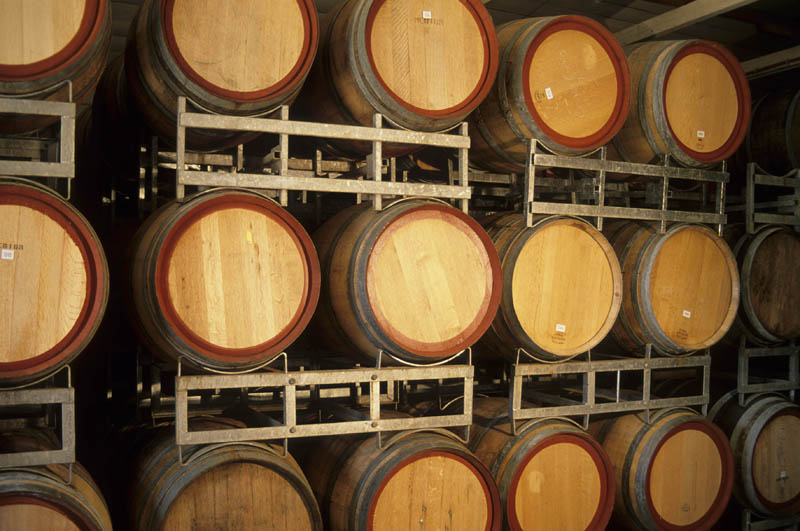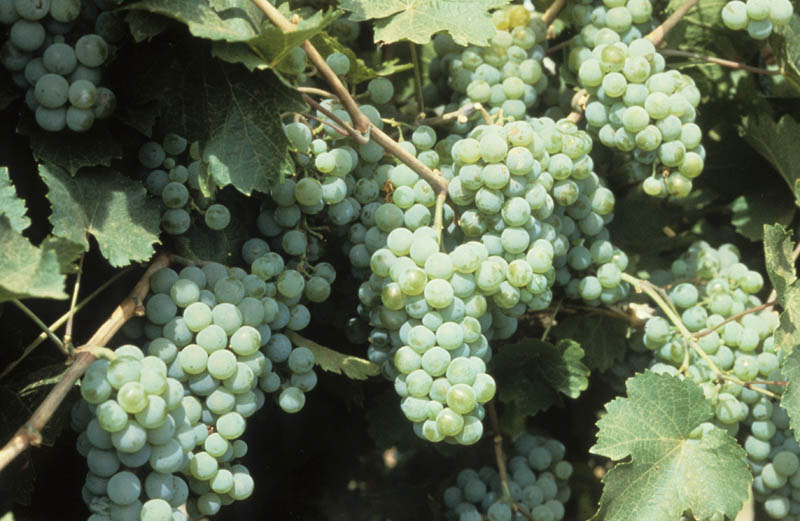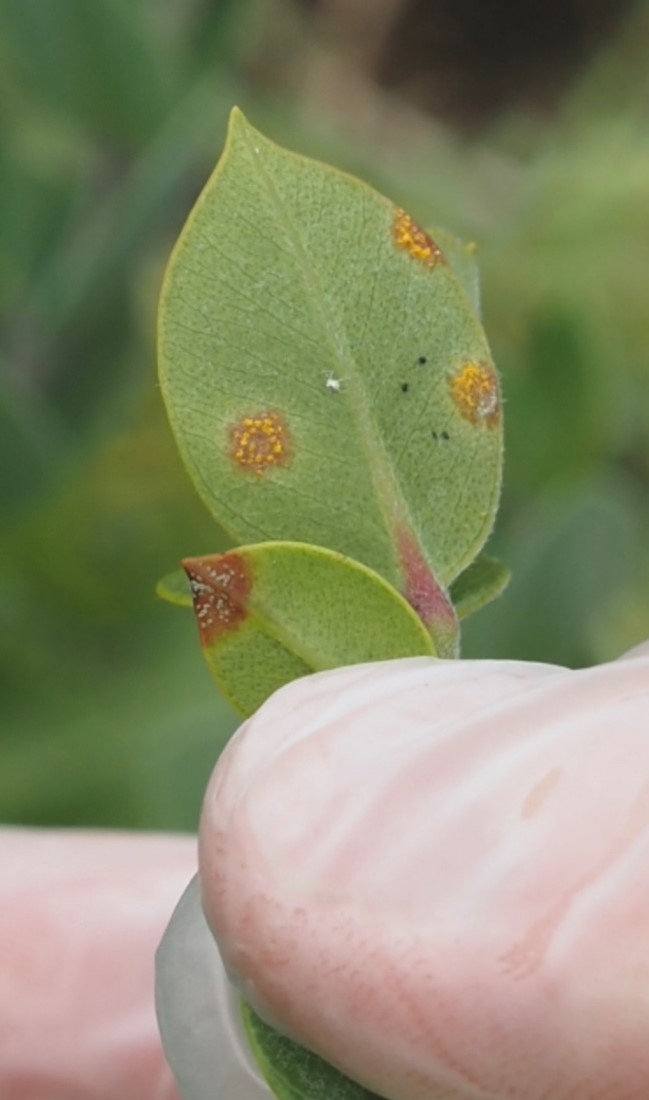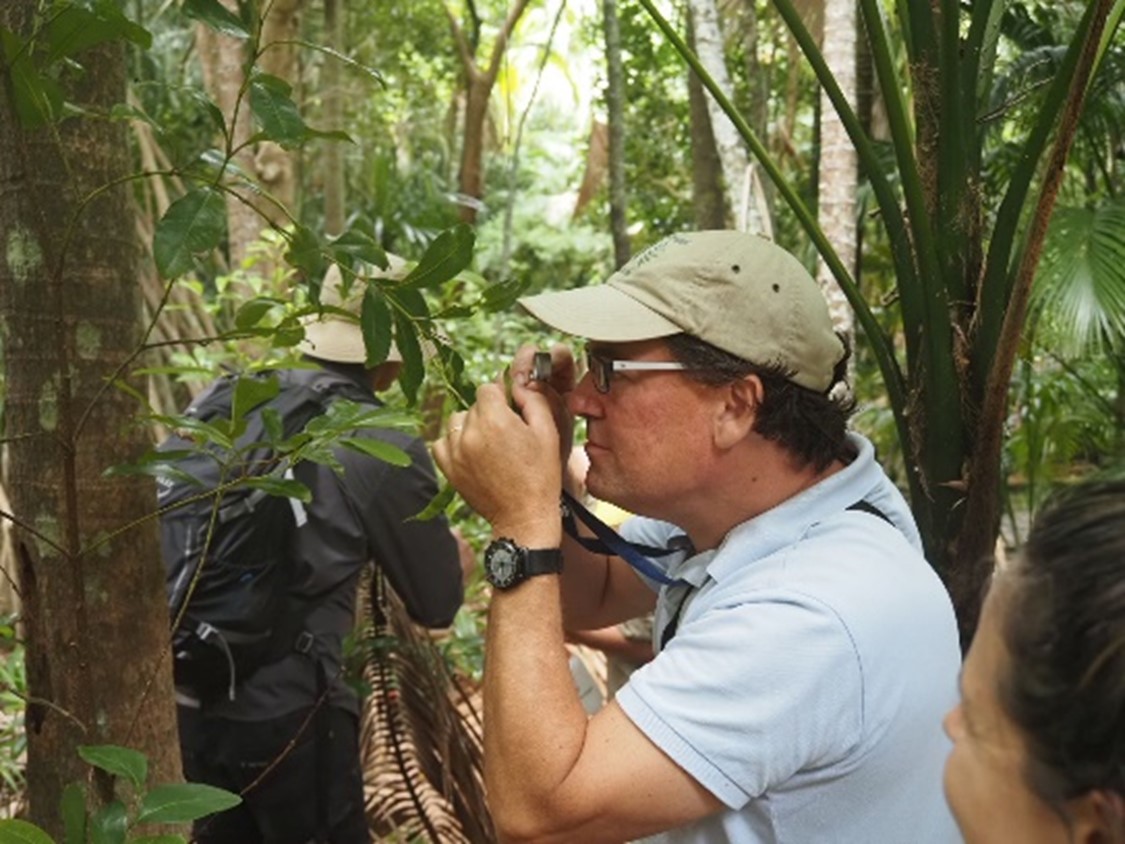- GVP $165 million est. Down 27% year-on-year.
- The total value and volume of NSW wine exports declined in 2022-23 with value down 12%.
- Parts of the industry continue to face very difficult operating conditions with lower production and lower prices, especially for warmer region wine grapes.


Production
NSW Wine Grapes Crush (tonnes) 53
- NSW Wine Grapes Crush (tonnes)
- 10 year average
Production fell 31% in the Riverina and 24% in the Murray Darling – Swan Hill regions. Despite the seasonal challenges, most cooler climate areas (such as Canberra region, the Southern Highlands and Tumbarumba) actually increased production year on year. The overall national crush fell 24% to 1.7 million tonnes 53 which was the lowest crush since 2000 and 26% below the 10 year average. 53
Price
The average price change also masked significant differences between regions and wine varieties.
NSW Wine Grapes average price ($/tonne) 53
- NSW Winegrape Price ($/tonne)
- Average ($/tonne)
NSW Red and White Wine Grapes average price ($/tonne) 53
- Red Wine
- White Wine
- Red Wine average
- White Wine average
Trade
Australian wine exports are now 30% lower than 2020, immediately prior to China imposing punitive tariffs on Australian wine imports. At the same time, imports of wine into Australia continue to grow, up 10% in 2022-23, to $1.1 billion. The Australian wine trade balance has fallen from $2.1 billion in 2019 to only $945 million in 2022-23. High production, lower exports and increased competition from imports are leading to increased competition in the domestic market.
Outlook
Growing exports materially remains challenging with economic uncertainty in key markets and a change in alcohol excise taxes in the UK making most wine more expensive in that market. Following the resolution of Australia’s dispute with China on tariffs for barley there are now hopes that a similar resolution can be achieved for wine. A resumption of exports to China would help clear some of the oversupply. At the time of publication there are positive signs of progress on resolving the trade dispute with China. Nevertheless, wine consumption is also declining in China and competitors have increased their market share in Australia’s absence.
Stronger Primary Industries Strategy
Supporting the Myrtle Rust Outbreak Response on Lord Howe Island
Strategic Outcome

- 1.4 Work in partnership to minimise impacts to primary industries and the environment from endemic biosecurity threats

Myrtle rust is an exotic disease from South America that was discovered on the central coast of NSW in 2010, and following establishment and spread, has now caused the near-extinction of native rainforest trees along Australia’s east coast. Eradication of myrtle rust from Lord Howe Island, which was previously achieved in 2016 (the only successful eradication of this disease globally), is essential to protect native trees in World Heritage national parks on the island.
Dr Angus Carnegie, DPI Forestry Senior Principal Research Scientist and a global expert on myrtle rust, was invited across to Lord Howe Island by the Island Board to provide technical input into the island’s myrtle rust eradication program. Dr Carnegie was kept busy, speaking to the local residents, business owners and tourists, answering questions on the potential impact of myrtle rust if not eradicated, and technical aspects of disease spread and infection and methods for eradication.



